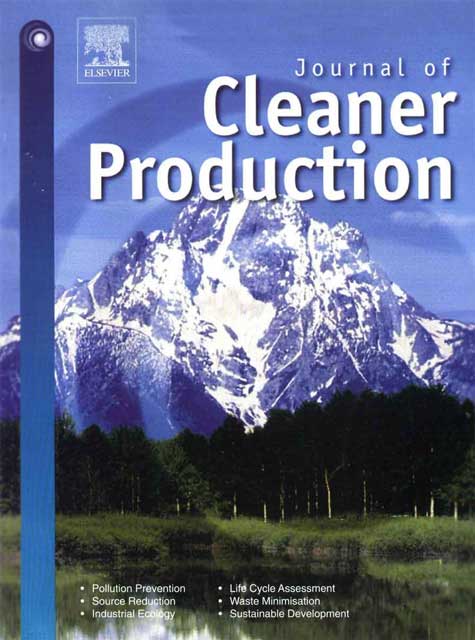Modelling metal flows in the Australian economy
he modelling of metal flows provides a comprehensive picture of metal use in the economy and allows for effective investigation into barriers and enablers to increase the recycling rates. In the export-oriented economy, such as Australia, the modelling requires clearly distinguishing the cycles within and outside of a country, and needs an adequate metrics to assess the country's targets in "closing the material loop". This article investigates Australian position in the global cycles of metals production and use, and assesses the potential for circularity of metals within the country based on data from 2002 onwards. The analysis shows that over the period from 2002 to 2011 the overall estimate of metals final consumption grew from 8.8 million tonnes to 12.3 million tonnes, or from 445 to 551 kg per person. Similarly, the amount of generated waste metal is estimated to have grown from approximately 5 million tonnes to 6 million tonnes, or 250-270 kg per person respectively. The amount of collected metal scrap grew from 3.3 Mt to 3.9 Mt, with the overall collection rates being relatively stable at about 70%. However, the domestic processing of collected scrap decreased significantly - from 67% in early 2000s to 41% in early 2010s, while the export of scrap increased accordingly. The current levels of waste metal generation, metal scrap collection, and domestic processing of metal scrap in Australia equal approximately 50%, 35%, and 15% of the country's metals final consumption respectively.
Publisher: Journal of Cleaner Production
Region: Australia
Type: Article

